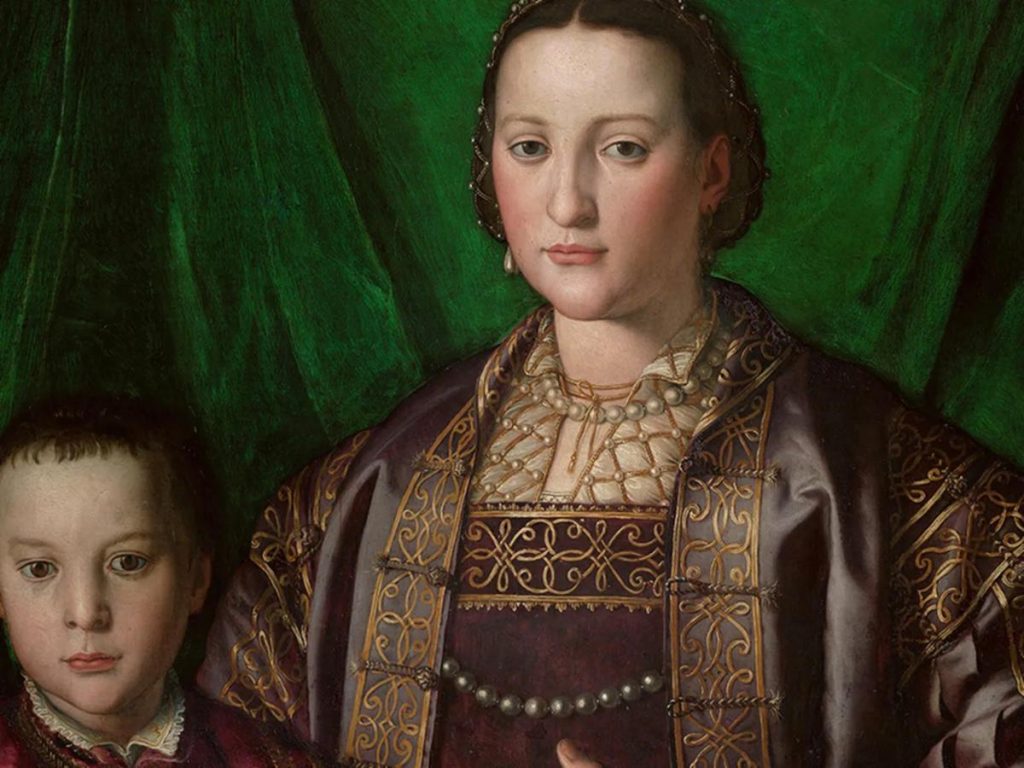I almost didn’t throw it into last week’s email but I decided at the last minute to add something parenthetically.
Interestingly, amongst all the other content, this tidbit definitely provoked the most responses.
Namely, while writing about Identity (this month’s theme and new meditation HERE), I tossed in that I decided to shave off the beard I’ve had for several years now.
Many people shared stories about their own grooming that were sometimes moving and sometimes hilarious.
All of them, however, related to how easy it is to become attached to (and also liberated by) something as external as the results from a trip to the barbershop.
And––to respond to many queries––Vlad (and I) do have a photoshoot for another project coming up soon.
Afterwards, new smooth-faced photos will definitely be revealed.

For actors, the rule of thumb is that they need a new headshot every one to two years.
The U.S. Passport office is stricter.
It requires that your photo must be taken in the last six months.
Even so, in this digital age, I find it strangely disconcerting that––when you update your profile picture on Facebook or LinkedIn––it changes globally on all the past comments and posts you’ve made.
Of course, this makes sense on a tech level for the platform.
Even so, it’s odd to see a 2023 profile pic connected to a comment one made in 2013, an era that was practically a lifetime ago.
For me, it’s particularly trippy since my old photos often featured me with my chocolate lab Belle, and now they have Vlad in them.
Yes, there’s the arguable through-line of “Me,” but just how connected I am to the person who made those comments a decade ago seems highly debatable.

So often we define things––including and perhaps especially ourselves––by what they are not.
Even if we’re quite confused about where we belong or where our true path lies, we often know quite clearly where we don’t fit in and where we don’t want to travel.
The process of elimination can indeed often lead to clarity.
It can even help one’s writing process.
In fact, I’m pretty sure it’s in an archival box on top of one of the bookcases in my writing office––so I could in theory forage for it to find the exact wording––but I know that I began my college essays by stating what I was not.
At the time I was writing it, this defining by negation felt like as good a place as any to begin.
I’m not sure why I began that way but probably since starting out by overturning other’s presumed expectations and definitions allowed me to express a quiet kind of rebellion.
I don’t feel like rummaging through boxes to find my old essay, so instead I’ll share these lines from Nelson Mandela that use the same literary device:
“I learned that courage was not the absence of fear,
but the triumph over it.
The brave man is not he who does not feel afraid,
but he who conquers that fear.”
Starting out with the contrast gives us a sharper edge to whatever we’re trying to define.
(With some of us, that process seems to be our chosen life path as well.)
Anyway, I certainly didn’t know it at the time but this practice also has an ancient spiritual pedigree, one that’s subsequently shaped many of my own practices and meditations.

Specifically, the Sanskrit phrase “Neti Neti” means “Not this, not that.”
The concept applies to many spiritual traditions, particularly in the Vedanta, a sister philosophy to yoga.
The practice uses negation as way of removing layers of illusion so that one can approach the true nature of the self (Atman) and absolute reality (Brahman).
Believing that words and concepts can’t truly capture reality, one methodically negates all labels and conventional descriptions, in a quest to arrive at a state of pure awareness.
You might whimsically say that it’s the equivalent of rejecting everything on the menu, hoping perhaps you’ll then get the chance to actually go back to the kitchen and meet the (Cosmic) Chef.
In any case, while it can be unnerving to let go of our labels (or our hairstyles), it can also lead to liberation.

Returning again to profile pics…
Alfred Korzybski coined the phrase “The map is not the territory,” and certainly the person is NOT their profile pic.
And yet…
I can think of one example of someone I greatly admire (and was also a huge influence in my early career) who basically never changes their self-imagery, even for decades at a time.
Fiercely intelligent and opinionated about all things––and definitely not part of the selfie-obsessed generation––they approved of a professional portrait taken one Sunday afternoon in the mid-80s and, for nearly two decades, it accompanied every mention of their work.
No one seemed to mind very much that the streaks of grey in the original photo’s hairstyle had more or less overtaken their forever untamable mane.
Glancing at their website today, I see they finally have a new photograph, one I’m guessing that was taken about ten years ago…and one which they’ll probably keep for another 15.
Their behavior around this feels not so much vain but rather almost presidential, even regal.
It’s like having an oil painting of oneself on display, a defining image that you feel captures your essence in some powerful and unique way.
It reflects a security around identity, a museum-level sense of permanence that I don’t think is accurate for myself (or anyone) but somehow still comforting.

Of course, Rumi has something wise and poetic to say on the topic.
In fact, one of his greatest poems begins with the question of Identity, of not knowing oneself, offering (like my college application essay a thousand years later) a long list of things that the poet is not.
Here’s a selection from it:
I Do Not Know Myself
I am neither Christian, nor Jew, nor Magian, nor Muslim.
I am not of the East, nor of the West, nor of the land, nor of the sea;
I am not of Nature’s quarry, nor of the heaven circling above.
I am not made of earth, nor of water, nor of wind, nor fire;
nor of the Divine Throne, nor the carpet, nor the cosmos, nor mineral.
I am not from India, nor China, nor Bulgaria, nor Turkestan;
I am not from the kingdom of the two Iraqs, nor from the earth of Khurasan.
Neither of this world, nor the next, I am,
nor of Heaven, nor of Hell;
Nor from Adam, nor from Eve, nor from Eden nor Rizwan.
My place is the Placeless, my trace is the Traceless;
Tis neither body nor soul, for I myself am the Beloved.
I have cast aside duality, I have seen the two worlds as one;
One I seek, One I know, One I see, One I say.

At the same time, for better or worse, many people are quite content with their labels.
Speaking of which….while writing this, I almost got lost down a rabbit hole researching the coding acronym WYSIWYG (What You See Is What You Get).
(Fascinatingly, the phrase itself was first popularized around 1969 by the comedian Flip Wilson, via his sassy drag persona Geraldine.)
In 1972, the WYSIWYG editor was invented, eventually becoming popular via the programs WordStar in 1979 and WordPerfect in 1982.
(If you’re curious, there’s a fascinating techie history of it all HERE.)
Essentially, though, “What You See Is What You Get”––however useful in the coding world––doesn’t reflect the spiritual journey at all.
In fact, in our deeper quest for Identity, the exact opposite is true: our practices teach us that Nothing You See Is Actually Really Real.
Indeed, in “Neti, Neti,” language is no longer used to label but merely describe what things are not.
We’re peeling the onion of our Self, in other words, layer by layer, finding at the core that perhaps the mystery remains greater than ever.
It’s hard to imagine that anyone will ever succeed in getting a profile pic––oil painting or Polaroid––that captures that elusive phenomenon.
Namaste for Now,


